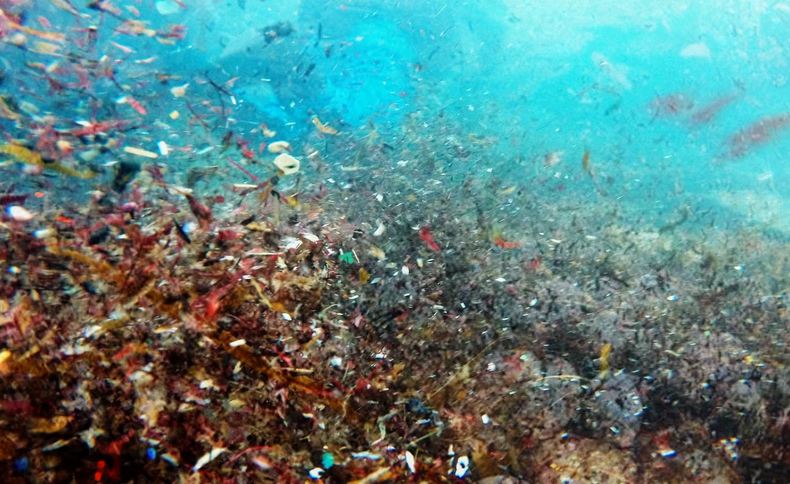Microplastic pollution threatens not only the environment but our lives, too. If we’re finally trying to solve this problem, we need to raise awareness as much as possible and find some better ways of tracking microplastics.
A new study aims to change the way microplastics are being tracked on a global scale by adapting satellite measurements.Â
Here is what you need to know.
Tracking Microplastics is a Continous Challenge

Currently, any evaluations of microplastics in the ocean count on trawling specific regions with nets and estimating movement based on ocean circulation models. But is this enough?
Of course, we can always come up with improvements, a thing that just happened recently.
Study insights and results
Chris Ruf, a climate and space scientist and his team used satellite reading from the Cyclone Global Navigation Satellite System (CYGNSS) weather satellites. What they found is genuinely intriguing.
“We’d been taking these radar measurements of surface roughness and using them to measure wind speed, and we knew that the presence of stuff in the water alters its responsiveness to the environment,” explains Ruf.
When the scientists matched their predictions and satellite readings with current patterns of ocean microplastics and actual measurements, they discovered a mighty correlation. That indicates that the new technique is totally working!
Innovative Method
This new tracking method shows how the sources of microplastics can be found more easily.Â
For example, a new increase in microplastic concentrations at the mouth of the Yangtze River has been identified, long believed to be a huge source of this kind of ocean pollution.
Below, you can watch a video of CYGNSS detection of global ocean microplastic concentration:
Now, the team is already trying to join forces with ocean clean-up organizations to put the new batch of data to good use!
However, the new data still needs to be verified and checked with other field measurements.












Leave a Reply